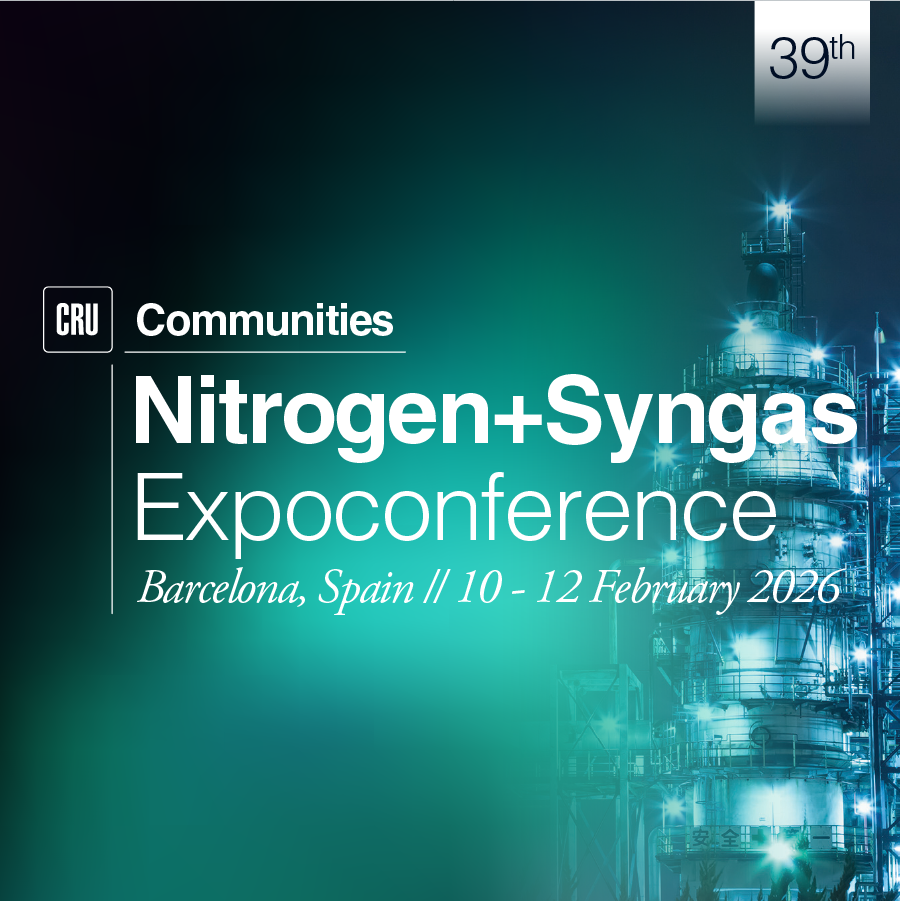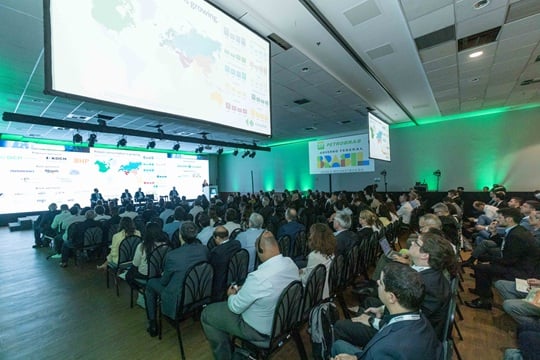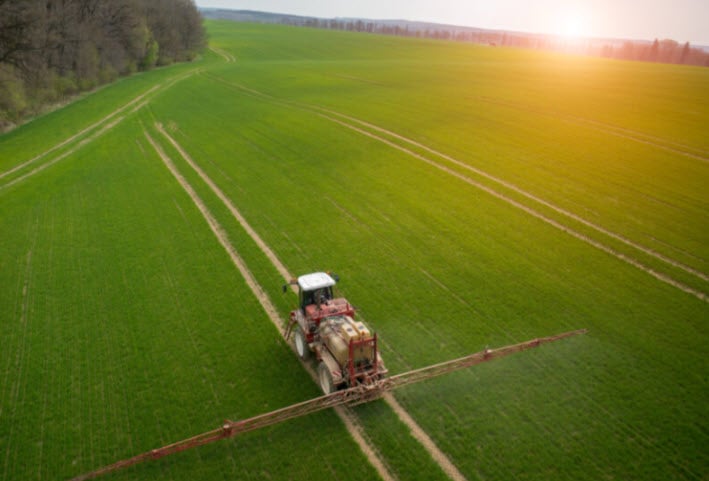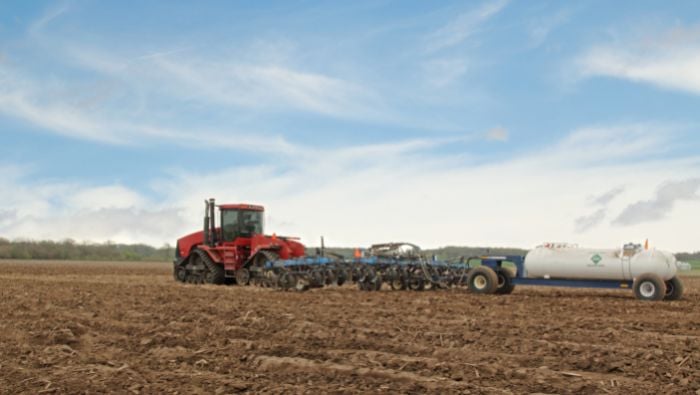CRU has collaborated with GRO intelligence to calculate the impact of nitrogen demand losses on global food production. Using CRU’s nitrogen consumption projections for 2022, GRO forecasts that food production will fall to the equivalent of 72 trillion calories in 2022. The analysis of the quantified impacts is publicly available at both the global and country level Here.
Why is this important, and how has it been calculated?
The price of fertilizer, along with market supply and demand dynamics, have become increasingly topical over the past two years. Food and fertilizer security rocketed up the news agenda following Russia’s invasion of Ukraine. Projections for fertilizer demand losses have been wide ranging, and in many instances, overstated. GRO’s Fertilizer Impact Monitor is an interactive tool designed to quantify the range of potential outcomes and to quantify the food production impact of lost fertilizer demand.
The current model focuses exclusively on nitrogen because of its immediate impact on plant growth.
The tool incorporates seven nitrogen fertilizer application scenarios and estimates their expected effects on the global production of corn, wheat, soybeans and rice. The scenarios are modelled by GRO Intelligence using application rate forecasts and scientific inputs from CRU and the International Fertilizer Association.
GRO has translated changes in nitrogen application rates under each scenario into its impact on production for each crop in metric tonnes. This is then converted into caloric equivalents and aggregate the impact across crops to present the full effect from a nutritional standpoint.
More details on the methodology can be found Here.
Nitrogen demand has been revised lower
Demand forecasts for 2022 and beyond were recently refreshed. Despite sharp falls in nitrogen prices since mid-April, we have revised 2022 nitrogen consumption lower when compared to our previous forecasts.
Due to downgrades in Africa, North America and Europe, we now see agricultural nitrogen consumption reaching 111.3 Mt in 2022, down 2.2% from the 113.8 Mt estimated in 2021. This y/y loss is the urea equivalent of 5.4 Mt. These new demand figures have been used in the GRO analysis.
Prices lower, supply improving and demand to increase in 2023
Nitrogen prices have fallen sharply since the highs of March 2022. The outlook for European gas supply and therefore nitrogen production remains the biggest risk for supply and a resurgence in prices. But new capacity has commissioned, and trade flows have swiftly responded to the supply squeeze, with more product flowing out of Russia than was previously anticipated. Lower prices and a nimble supply response should help to boost nitrogen demand in 2023, with more robust increases forecast for 2024. This will help to lift crop production and ease market tightness – many will be hoping that this passes through to an easing of food prices and improved availability.
















